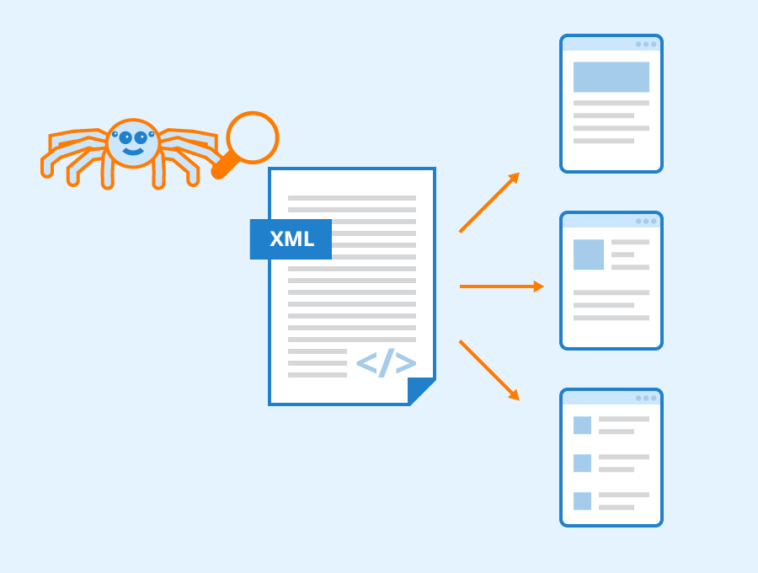Introduction:
Technical SEO is a critical aspect of search engine optimization, focusing on improving your website’s infrastructure to enhance its performance, crawlability, and indexability. By ensuring search engines can easily access, understand, and rank your content, you’ll be one step closer to dominating the search engine results pages. In this comprehensive guide, we’ll explore the most effective technical SEO practices to help you optimize your website’s performance.
1. Improve Website Loading Speed:
A fast-loading website is essential for both user experience and search engine rankings. To enhance your website’s loading speed: a. Compress images using tools like TinyPNG or ImageOptim to reduce their file size without sacrificing quality. b. Minify HTML, CSS, and JavaScript files to eliminate unnecessary characters and whitespace, thereby reducing their size. c. Leverage browser caching to store static resources, enabling faster loading on subsequent visits.
2. Optimize for Mobile-Friendliness and Responsive Design:
With the increasing number of mobile users, it’s crucial to ensure your website is mobile-friendly and responsive. To optimize your site for mobile devices: a. Implement a responsive design that automatically adjusts to different screen sizes and resolutions. b. Prioritize content and navigation elements for mobile users, ensuring a seamless user experience. c. Test your website’s mobile-friendliness using tools like Google’s Mobile-Friendly Test.
3. Enhance Crawlability and Indexability:
Optimizing your website’s crawlability and indexability makes it easier for search engines to access, understand, and rank your content. To improve these aspects: a. Create an XML sitemap that lists your website’s URLs and submit it to search engines via Google Search Console or Bing Webmaster Tools. b. Use a robots.txt file to instruct search engine crawlers which pages or sections of your website should be indexed or ignored. c. Eliminate duplicate content and fix broken links to avoid crawl errors and negative impact on your website’s rankings.
4. Boost Website Security with HTTPS and SSL Certificates:
A secure website is vital for protecting user data and gaining trust from both users and search engines. To enhance your website’s security: a. Migrate your website to HTTPS by acquiring and installing an SSL certificate from a trusted provider. b. Ensure all internal and external links are updated to HTTPS to prevent mixed content issues. c. Monitor your website’s security regularly to identify and address potential vulnerabilities.
5. Implement Structured Data and Schema Markup:
Structured data and schema markup help search engines better understand your content, potentially leading to enhanced visibility in search results. To implement structured data: a. Identify the most relevant schema types for your website’s content, such as articles, products, or events. b. Use tools like Google’s Structured Data Markup Helper or Schema.org’s markup generator to create the appropriate markup code. c. Validate your markup using Google’s Rich Results Test to ensure it’s correctly implemented and recognized by search engines.
Conclusion:
By mastering these technical SEO practices, you’ll be well on your way to optimizing your website’s performance, improving user experience, and ultimately boosting your search engine rankings. Remember, technical SEO is an ongoing process that requires regular monitoring and updates to stay ahead of your competition and adapt to the ever-changing search engine algorithms.




GIPHY App Key not set. Please check settings